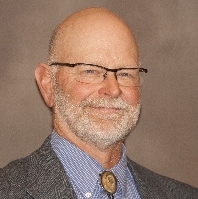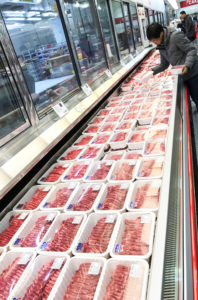 Investing dollars toward foreign market development is one of the most significant ways the Beef Checkoff drives demand for beef. Competition is fierce on the global stage, and the checkoff works diligently to persuade foreign countries that U.S. beef is their best choice. As a result of the checkoff’s efforts, more consumers around the world want the high-quality products U.S. cattlemen and women produce.
Investing dollars toward foreign market development is one of the most significant ways the Beef Checkoff drives demand for beef. Competition is fierce on the global stage, and the checkoff works diligently to persuade foreign countries that U.S. beef is their best choice. As a result of the checkoff’s efforts, more consumers around the world want the high-quality products U.S. cattlemen and women produce.
That’s why beef producers understand the importance of using checkoff dollars to promote U.S. beef in foreign countries. The U.S. Meat Export Federation (USMEF) is a subcontractor to the Beef Checkoff that carries out this mission. From attending international food events and conducting training sessions to working with retailers and encouraging restaurants to feature U.S. beef, the USMEF’s hands-on efforts put U.S. beef on more dinner plates around the world.
Korea has now become one of the leading U.S. beef markets in the Pacific, less than a decade following street protests opposing the reopening of the market. In 2018, beef exports to Korea increased 30 percent year-over-year in volume and jumped 43 percent in value, increasing from $526 million in 2017 to $1.75 billion in 20181. A big factor contributing to this gain was Costco officially converting its imported chilled beef selection from Australian to 100-percent-U.S. beef. This multi-year effort by USMEF to persuade Costco store managers to carry U.S. beef has resulted in a wider selection of U.S. beef cuts available to consumers.
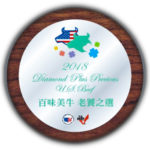 To continue increasing the visibility of U.S. beef, USMEF has established the Diamond Plus Precious Gourmet Selection awards. These awards encourage Taiwanese restaurants to serve and promote U.S. beef. According to Davis Wu, USMEF director in Taiwan, Diamond Plus Precious honors restaurants that demonstrate “the spirit of dependable and faithful partners who support U.S. beef products and promise to provide high-quality U.S. beef cuisine to Taiwanese consumers.” The USMEF first presented these awards in 2018 and will continue to honor deserving restaurants – choosing 20 each year. By creating an incentive for Taiwanese restaurants to feature high-quality U.S. beef, the Diamond Plus Precious awards are helping U.S. beef establish a stronger foothold in that country, while also providing consumers clear and accessible ways to learn about the best restaurants offering these products.
To continue increasing the visibility of U.S. beef, USMEF has established the Diamond Plus Precious Gourmet Selection awards. These awards encourage Taiwanese restaurants to serve and promote U.S. beef. According to Davis Wu, USMEF director in Taiwan, Diamond Plus Precious honors restaurants that demonstrate “the spirit of dependable and faithful partners who support U.S. beef products and promise to provide high-quality U.S. beef cuisine to Taiwanese consumers.” The USMEF first presented these awards in 2018 and will continue to honor deserving restaurants – choosing 20 each year. By creating an incentive for Taiwanese restaurants to feature high-quality U.S. beef, the Diamond Plus Precious awards are helping U.S. beef establish a stronger foothold in that country, while also providing consumers clear and accessible ways to learn about the best restaurants offering these products.
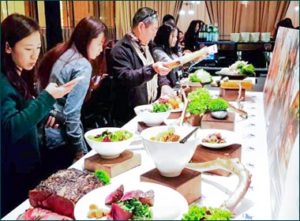 In Japan, USMEF has been conducting a series of training sessions for cooking instructors. The goal is to show these educators the variety of ways to cook and serve U.S. beef, so they can then introduce these creative methods to their students. Rika Yukimasa, a well-known cooking instructor in Japan, has helped USMEF in the campaign, providing cooking tips and sharing information about U.S. beef’s quality attributes with fellow instructors. Tapping into U.S. beef’s superior quality and versatility is an impactful way to spur interest in the product. One training session, during which the USMEF explained the U.S. beef production system, drew thousands of participant applications of which 50 were selected.
In Japan, USMEF has been conducting a series of training sessions for cooking instructors. The goal is to show these educators the variety of ways to cook and serve U.S. beef, so they can then introduce these creative methods to their students. Rika Yukimasa, a well-known cooking instructor in Japan, has helped USMEF in the campaign, providing cooking tips and sharing information about U.S. beef’s quality attributes with fellow instructors. Tapping into U.S. beef’s superior quality and versatility is an impactful way to spur interest in the product. One training session, during which the USMEF explained the U.S. beef production system, drew thousands of participant applications of which 50 were selected.
When it comes to directly connecting with the Japanese consumer, USMEF’s Tokyo office has launched a social media campaign to promote U.S. beef while also encouraging consumer participation. USMEF’s Instagram, a photo-based social media platform, has been calling on consumers to share their experiences with U.S. beef at home and at restaurants. Individuals who share photos of U.S. beef “pound steak” are eligible for prizes. The pound steak campaign was followed by a “My Pound Steak” Instagram event to further encourage photo sharing of this great product. This social media effort is bringing U.S. beef to a platform where consumers are most active.
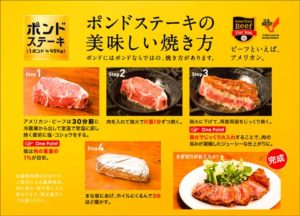 “The number of active Instagram users now exceeds 29 million in Japan – up 150% from a year ago,” said Takemichi Yamashoji, USMEF director in Japan. “Realizing the popularity of social media and how consumers are using it to make decisions on what to eat, USMEF will keep focusing on these kinds of activities to more widely and effectively convey information on U.S. beef.”
“The number of active Instagram users now exceeds 29 million in Japan – up 150% from a year ago,” said Takemichi Yamashoji, USMEF director in Japan. “Realizing the popularity of social media and how consumers are using it to make decisions on what to eat, USMEF will keep focusing on these kinds of activities to more widely and effectively convey information on U.S. beef.”
The superior quality of U.S. beef has no bounds. The checkoff’s goal has always been to drive demand for beef. With programs like these in place, the checkoff is introducing high-quality beef to consumers who may never have enjoyed it before but will now continue to request it from their grocers and restaurants. Visibility is key, and U.S. beef producers recognize that investing dollars in these efforts is necessary to maintain and drive demand, so prices can remain strong even during more challenging times.

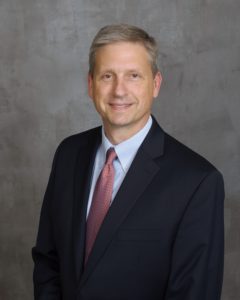 The Cattlemen’s Beef Board (CBB) has named Greg Hanes as its new CEO. Hanes comes to the CBB from the U.S. Meat Export Federation (USMEF), a subcontractor to the Beef Checkoff, where he was most recently the vice president of international marketing programs.
The Cattlemen’s Beef Board (CBB) has named Greg Hanes as its new CEO. Hanes comes to the CBB from the U.S. Meat Export Federation (USMEF), a subcontractor to the Beef Checkoff, where he was most recently the vice president of international marketing programs.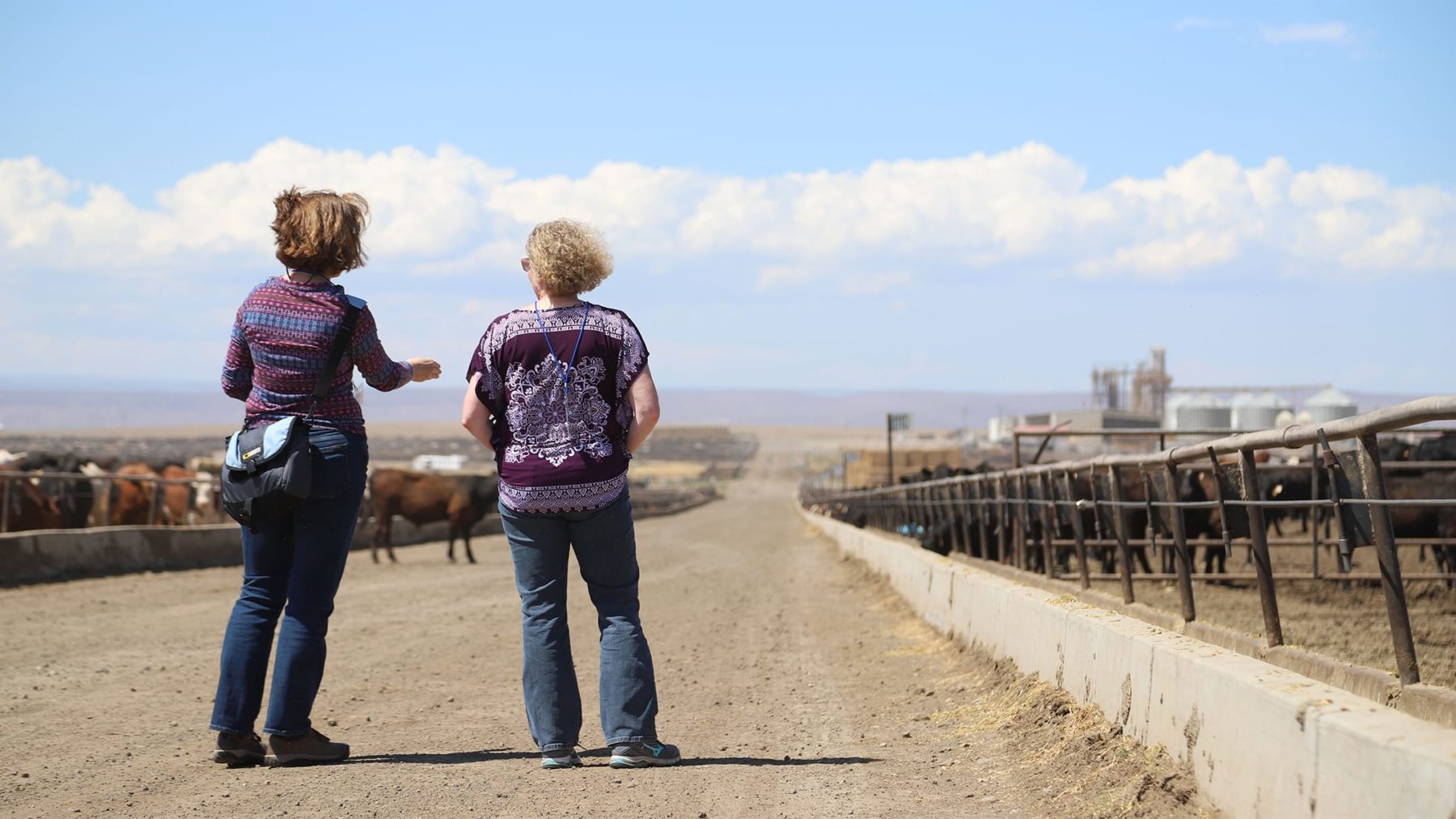
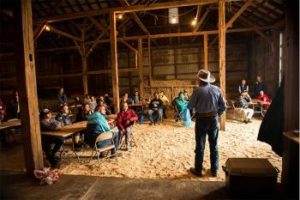 “Prior to this On The Farm experience, I would have never thought to use hands-on STEM connected to agriculture, but now, I see immediate applications to tie what I’ve learned into science classrooms.” – Jennifer Mayo, Portland Public Schools.
“Prior to this On The Farm experience, I would have never thought to use hands-on STEM connected to agriculture, but now, I see immediate applications to tie what I’ve learned into science classrooms.” – Jennifer Mayo, Portland Public Schools.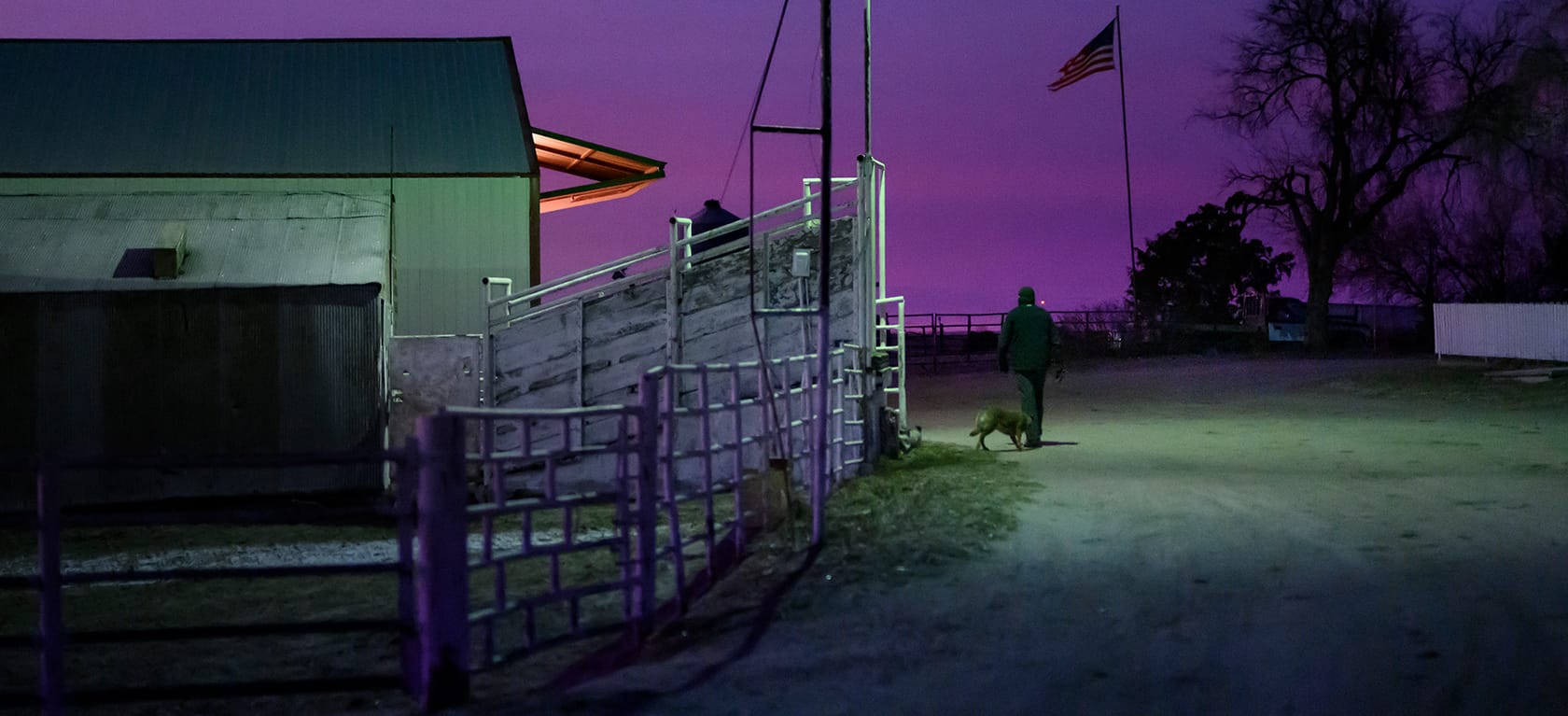
 Beef producers are dedicated to responsibly raising, safe, wholesome, high-quality beef. Being BQA certified tells consumers that producers have a commitment to delivering a product that is backed by science-based standards. Certification also addresses many questions that consumers have about beef production.
Beef producers are dedicated to responsibly raising, safe, wholesome, high-quality beef. Being BQA certified tells consumers that producers have a commitment to delivering a product that is backed by science-based standards. Certification also addresses many questions that consumers have about beef production.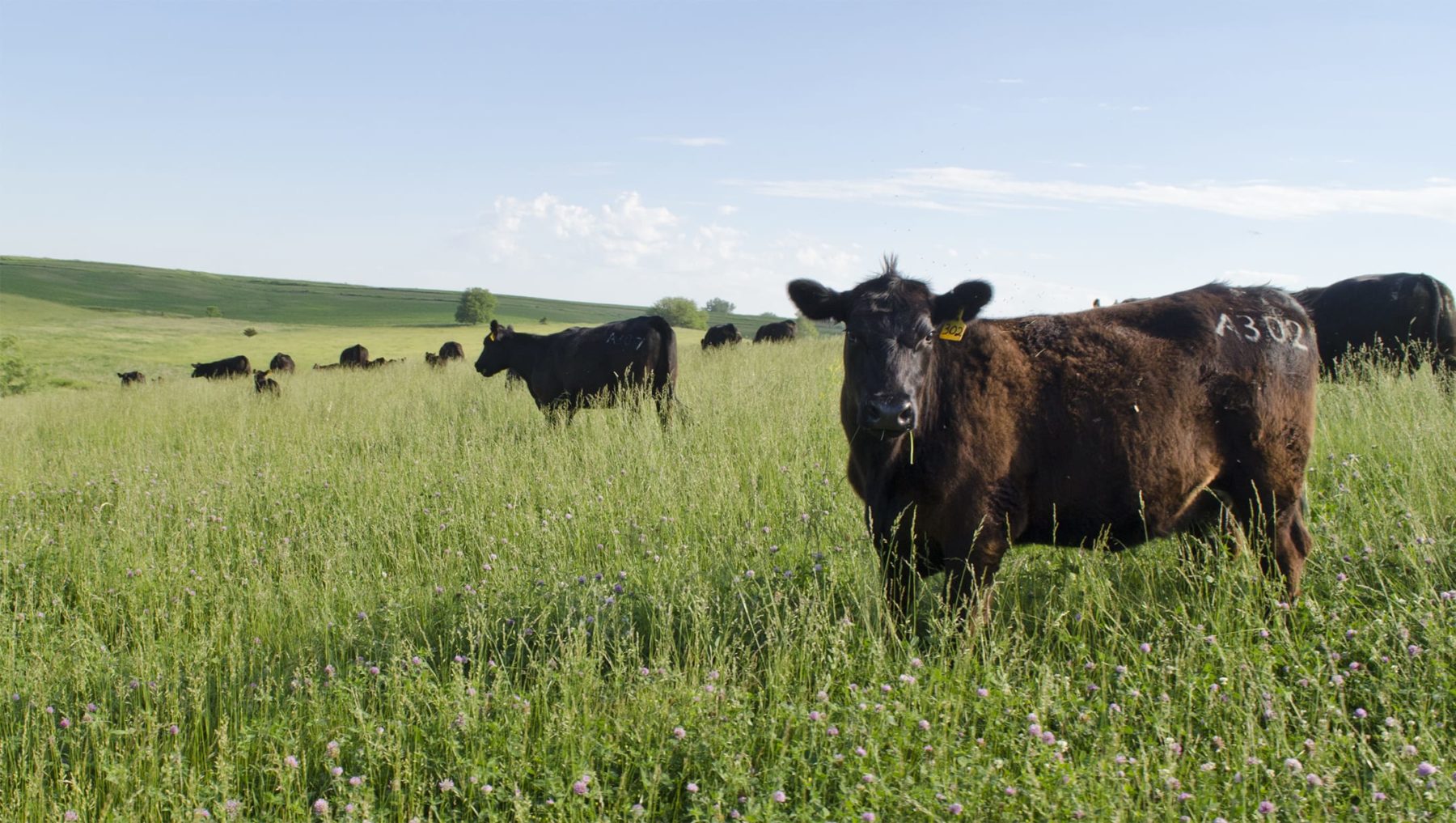
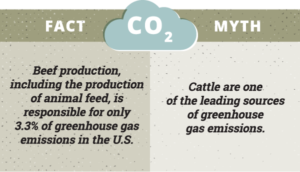
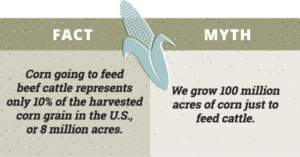
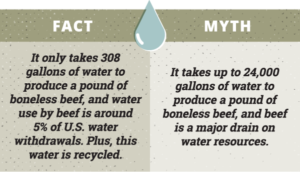
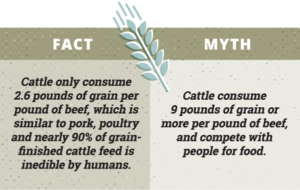
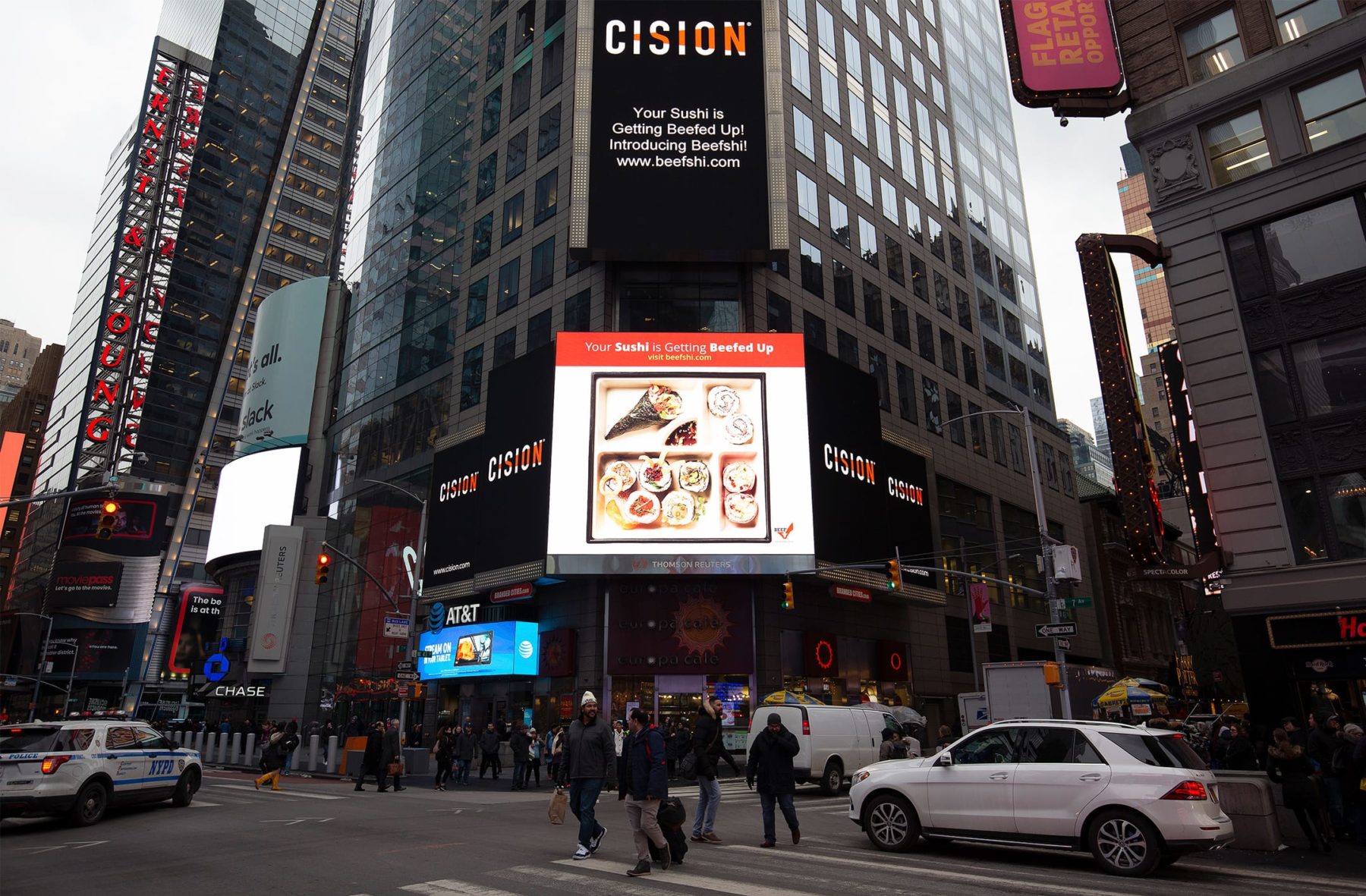
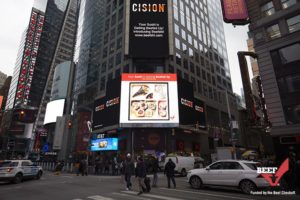 The theme of the Times Square promotion was “Your Sushi is getting Beefed Up!” Giant, colorful images of Beefshi and a link to
The theme of the Times Square promotion was “Your Sushi is getting Beefed Up!” Giant, colorful images of Beefshi and a link to 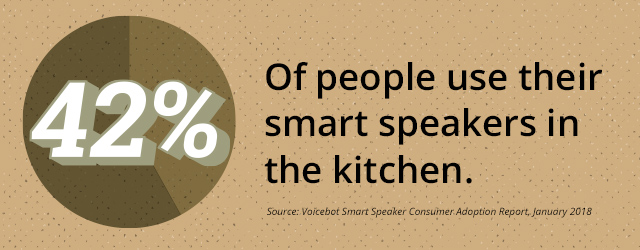
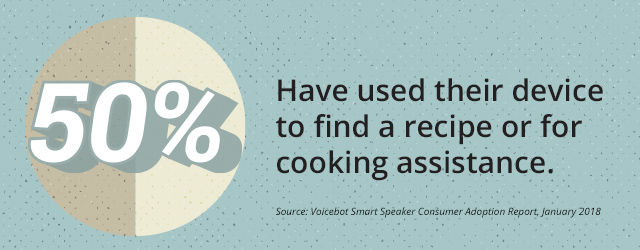
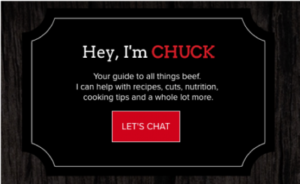 “Artificial Intelligence and its role in marketing are rapidly evolving every day, and the Beef Checkoff is on the cutting edge by investing in this technology to constantly meet changing consumer expectations,” said Season Solorio, Senior Executive Director, Brand Marketing & Communications, National Cattlemen’s Beef Association, a contractor to the Beef Checkoff, who manages the “Beef. It’s What’s For Dinner.” brand. “In March we will turn things up a notch with an exciting campaign that will be an integrated effort, including digital advertising, media relations, influencer engagement and supply chain activities, to bring more widespread awareness to Chuck.”
“Artificial Intelligence and its role in marketing are rapidly evolving every day, and the Beef Checkoff is on the cutting edge by investing in this technology to constantly meet changing consumer expectations,” said Season Solorio, Senior Executive Director, Brand Marketing & Communications, National Cattlemen’s Beef Association, a contractor to the Beef Checkoff, who manages the “Beef. It’s What’s For Dinner.” brand. “In March we will turn things up a notch with an exciting campaign that will be an integrated effort, including digital advertising, media relations, influencer engagement and supply chain activities, to bring more widespread awareness to Chuck.”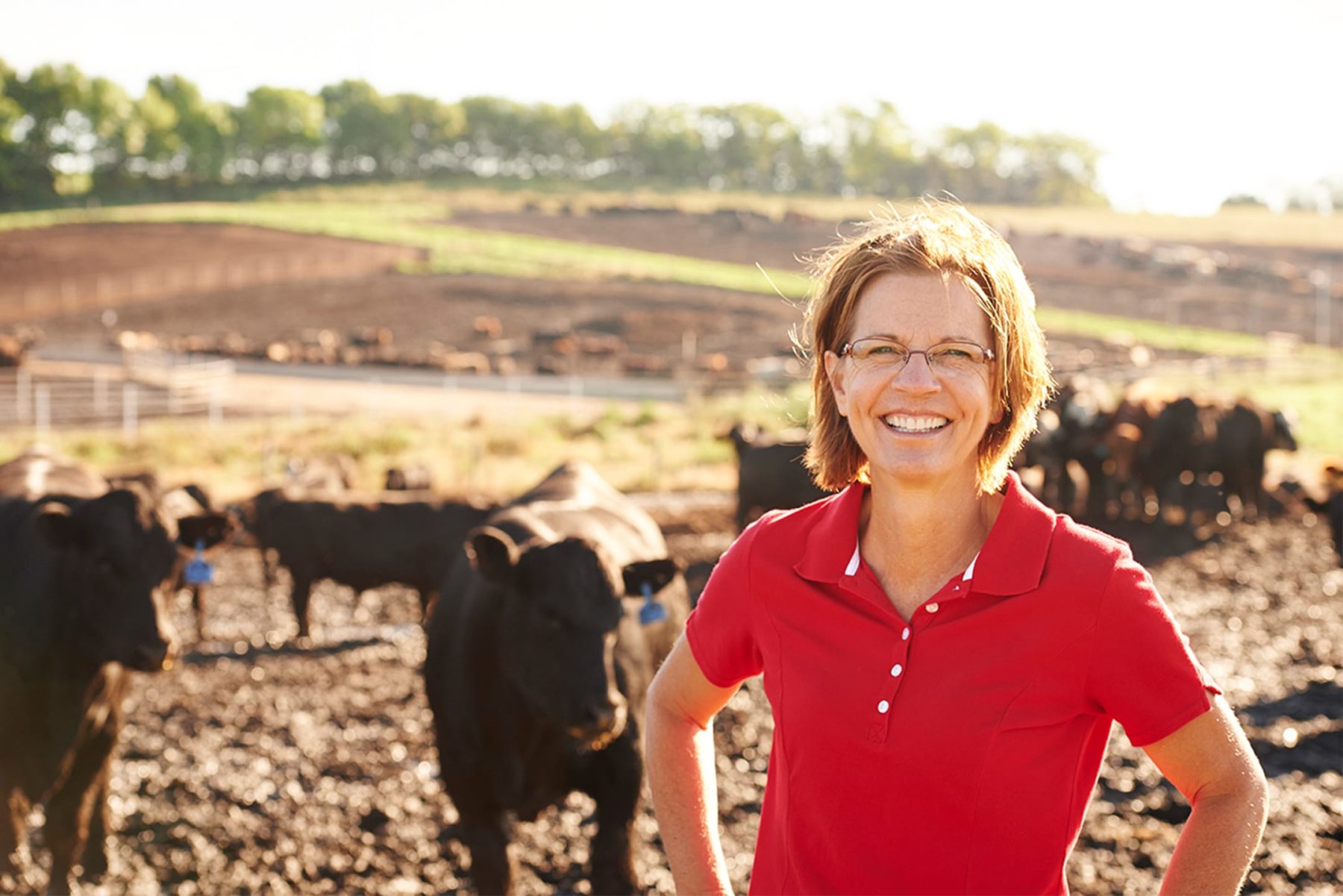
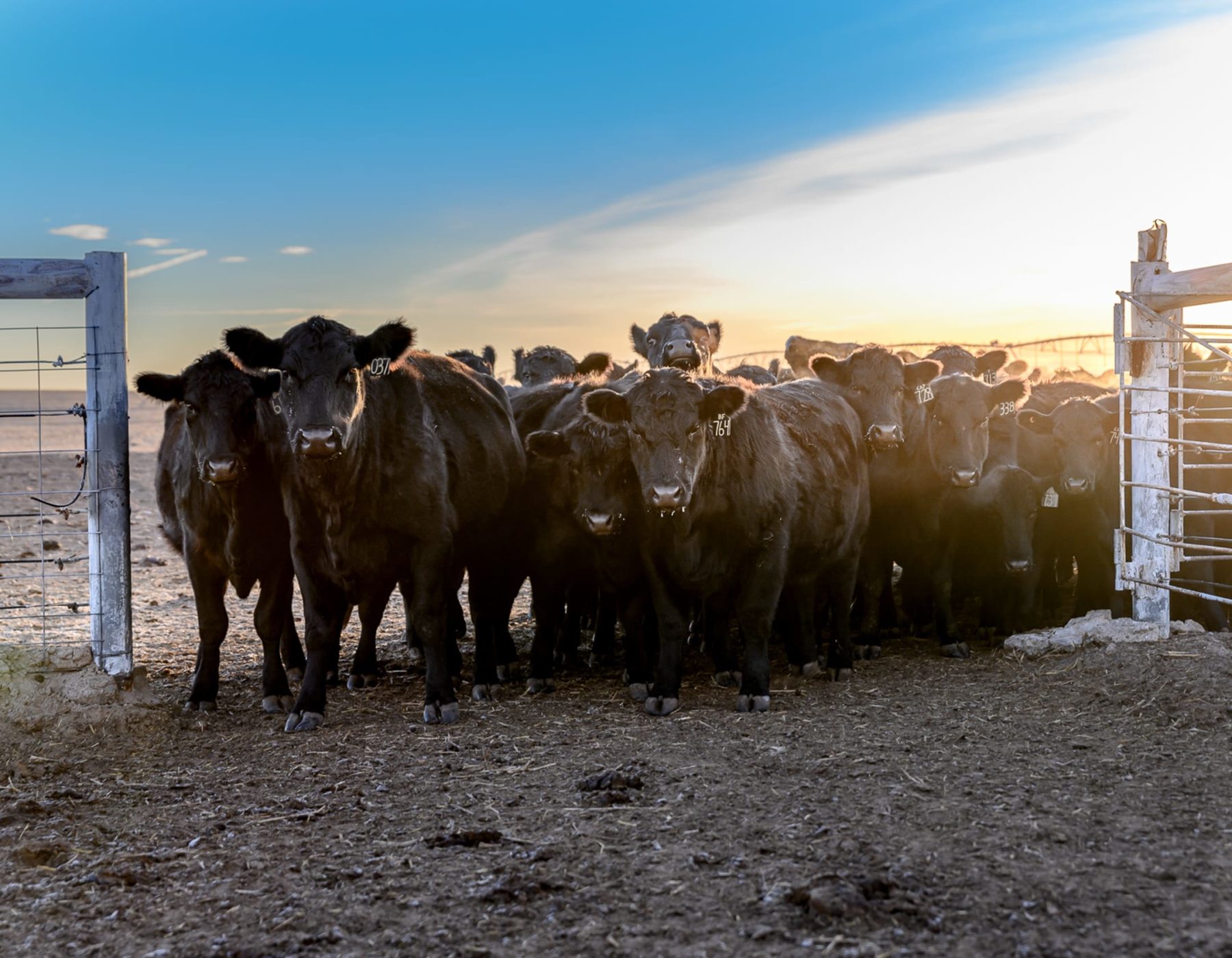
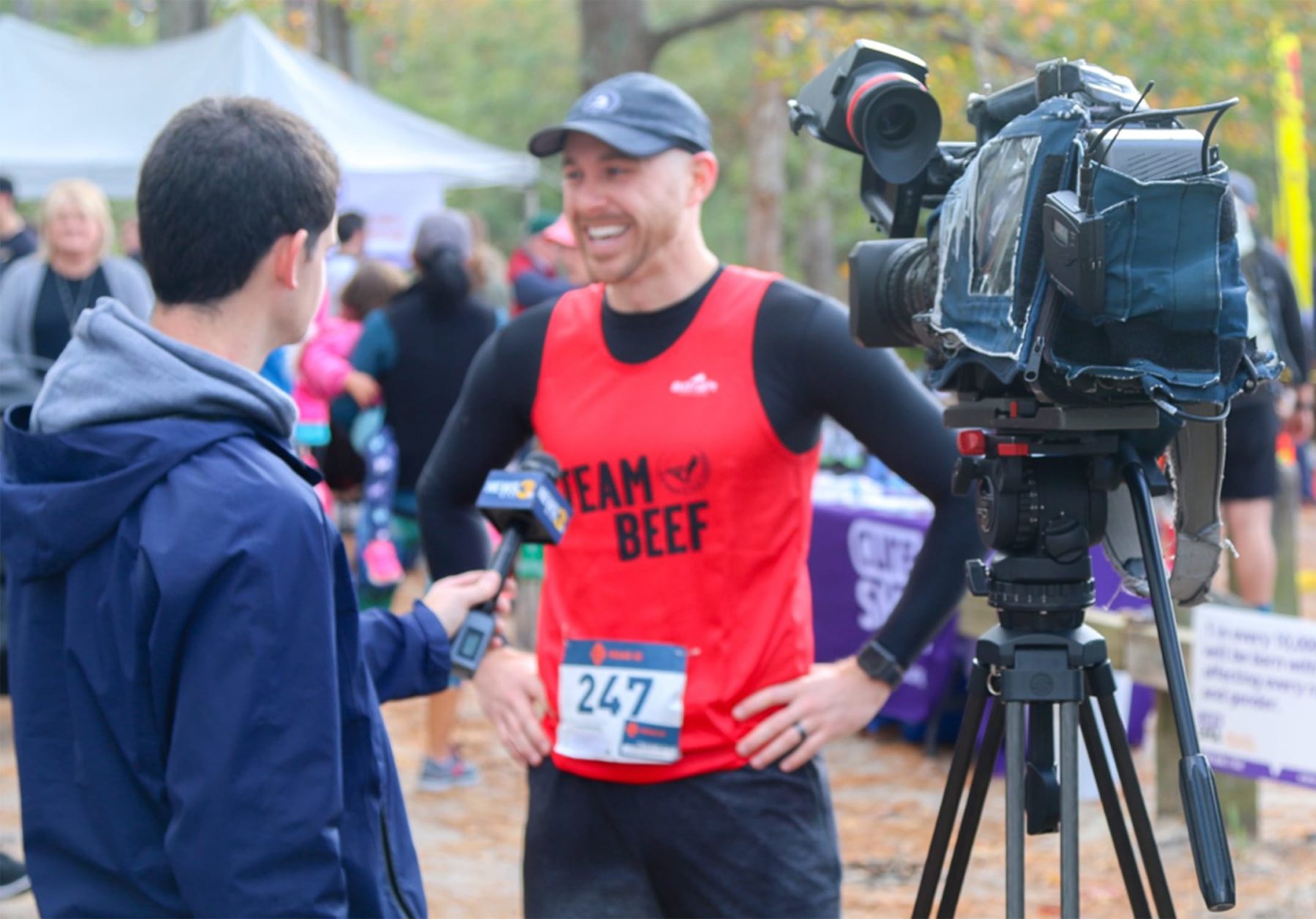
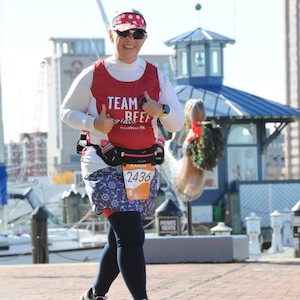

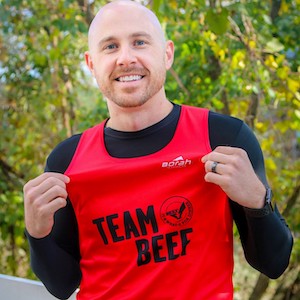
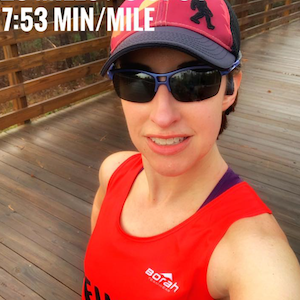
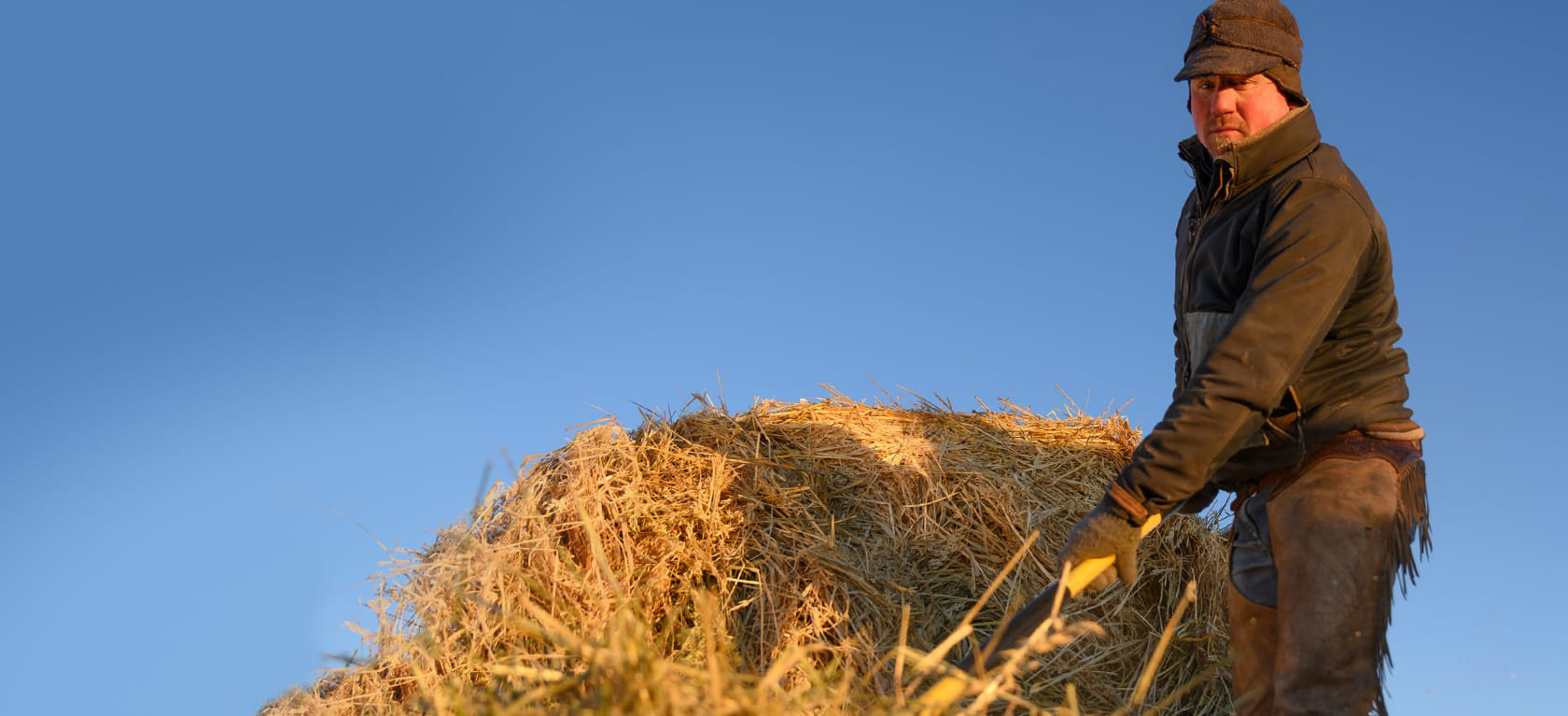
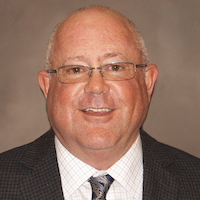 The CBB’s new chair, Chuck Coffey, is a fifth-generation rancher who grew up on a ranch in the hill country of Harper, Texas. He earned his bachelor’s and master’s degrees in range science from Texas A & M. After completing his master’s degree in 1985, Coffey taught agriculture at Murray State College in Tishomingo, Oklahoma, eventually chairing the department until 1993 when he joined the Noble Foundation as a pasture and range consultant. Today, Coffey and his wife operate a cow-calf operation with approximately 1,000 head of cattle near Springer, Oklahoma.
The CBB’s new chair, Chuck Coffey, is a fifth-generation rancher who grew up on a ranch in the hill country of Harper, Texas. He earned his bachelor’s and master’s degrees in range science from Texas A & M. After completing his master’s degree in 1985, Coffey taught agriculture at Murray State College in Tishomingo, Oklahoma, eventually chairing the department until 1993 when he joined the Noble Foundation as a pasture and range consultant. Today, Coffey and his wife operate a cow-calf operation with approximately 1,000 head of cattle near Springer, Oklahoma.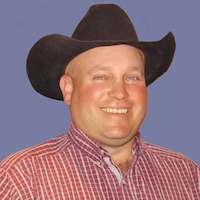 Vice chair Jared Brackett is a fifth-generation cow-calf producer from Filer, Idaho. Brackett is a Texas A & M alum and die-hard Aggie fan with a degree in agriculture economics. A past president of the Idaho Cattlemen’s Association, Brackett continues to serve on a number of other livestock committees and boards in addition to his responsibilities with the Beef Checkoff program.
Vice chair Jared Brackett is a fifth-generation cow-calf producer from Filer, Idaho. Brackett is a Texas A & M alum and die-hard Aggie fan with a degree in agriculture economics. A past president of the Idaho Cattlemen’s Association, Brackett continues to serve on a number of other livestock committees and boards in addition to his responsibilities with the Beef Checkoff program.